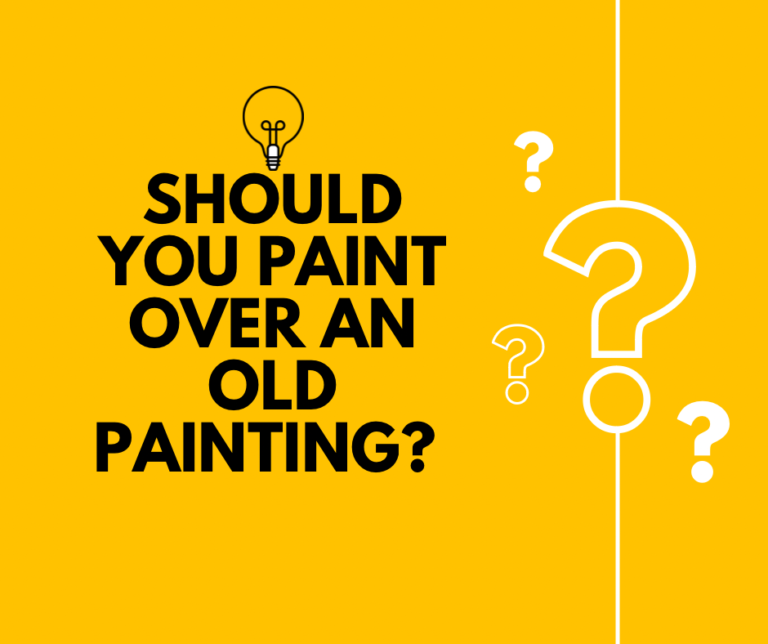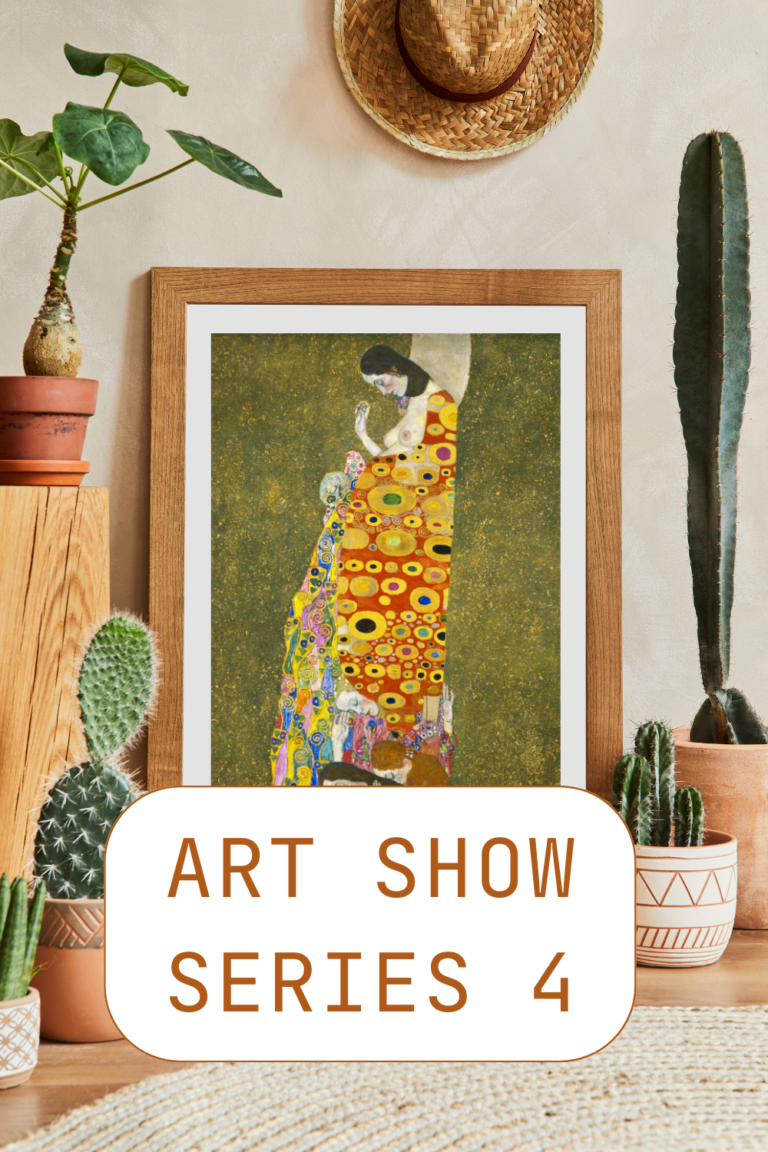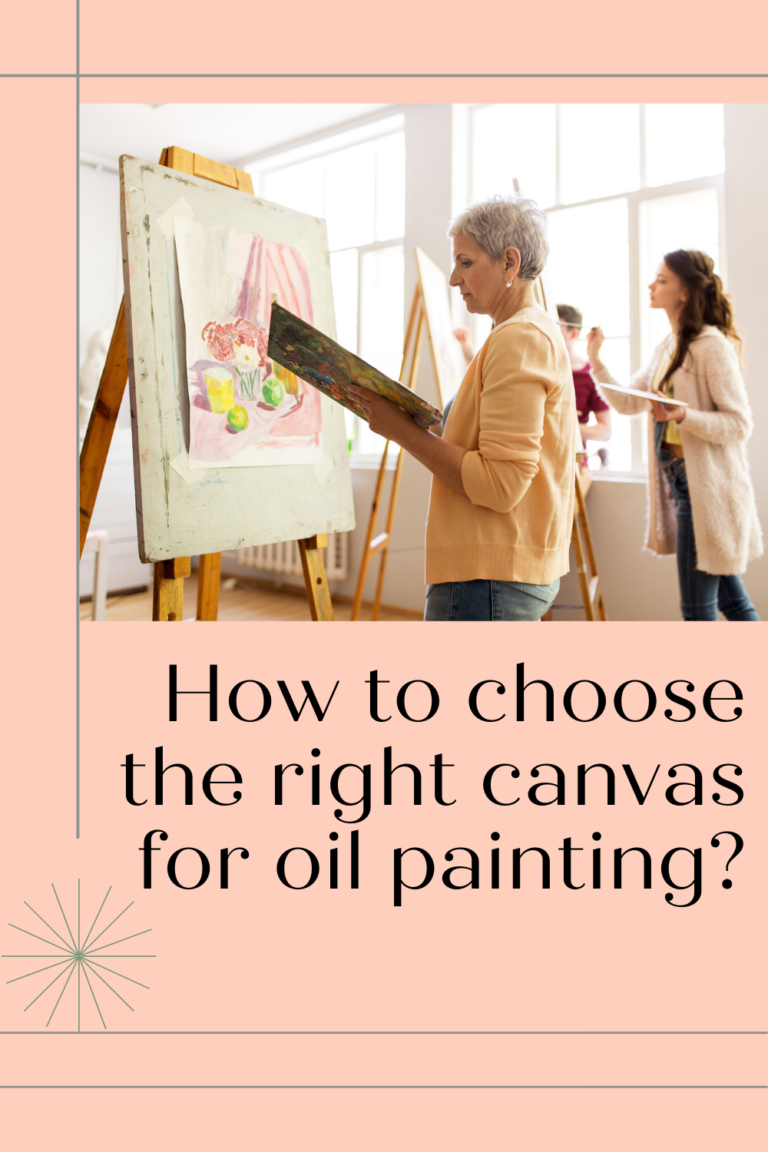The world of art is a captivating journey filled with various techniques and tools to explore!
One such technique that can significantly enhance your paintings is the use of transparent colors for glazing.
I thoroughly enjoy to see a beautiful masterpiece that skillfully employed transparent colors.
What are Transparent Colors?
Transparent colors are a subset of paint pigments that, as the name suggests, allow light to pass through them. When applied in thin layers, they maintain their transparency, which is a valuable characteristic for artists. These colors are invaluable for creating subtle shifts in color, depth, and luminosity in a painting.
Here are some famous classical and modern paintings used transparent colors for you to enjoy:
- “Primavera” by Sandro Botticelli: Botticelli’s “Primavera” features transparent colors that add to the radiant quality of the painting, particularly in the flowing robes of the figures and the softness of the landscape.

- “Portrait of Adele Bloch-Bauer I” by Gustav Klimt: Klimt’s iconic use of gold leaf and transparent colors in this portrait adds a sense of opulence and luminosity to the artwork.

- “Autumn Rhythm(Number 30)” by Jackson Pollock: Pollock’s drip painting technique involves transparent colors, creating a sense of energy and movement in this abstract expressionist masterpiece.

- “Four Darks in Red” by Mark Rothko: Rothko’s exploration of transparent colors creates a sense of depth and emotion in his abstract paintings.

The Magic of Glazing:
Glazing is a painting technique that involves layering transparent or translucent colors over a dry layer of paint. This method is used to achieve a myriad of effects, such as adjusting the overall color temperature, adding depth, and enhancing the luminosity of your artwork. Glazing can bring a sense of unity and harmony to a painting, making it an essential skill for artists.

(art story: French painter Vigée Le Brunone is of the most successful women artists (unusually so for her time), particularly noted for her portraits of women, especially portrait of Queen Marie-Antoinette. )
“Self-Portrait in a Straw Hat” by Élisabeth Louise Vigée Le Brun: Vigée Le Brun’s glazing techniques contribute to the glowing complexion and the exquisite detail of the hat and dress in this self-portrait.)
Examples of Transparent Colors for Glazing:
- Alizarin Crimson: With its cool, transparent nature and bluish undertones, Alizarin Crimson is excellent for achieving beautiful, rich glazes, especially in portraiture and floral subjects.
- Cerulean Blue: This cool, transparent blue is a versatile choice for glazing, providing a sense of coolness and tranquility in your paintings.
- Viridian Green: A transparent green, perfect for creating subtle shifts in color and tone, particularly in landscape and foliage.
- Burnt Sienna: This warm, transparent brown is your go-to color for adding warmth and depth to your glazes, especially in earthy or natural settings.
- Raw Sienna: Similar to Burnt Sienna but with a more yellowish tone, Raw Sienna can be used for glazing to achieve a warm, golden quality in your artwork.
- Quinacridone Magenta: Known for its transparency and vivid color, Quinacridone Magenta is fantastic for glazing and can be used to create transparent pinks and purples.
- Transparent Oxide Brown: Specifically formulated for transparency, this color is perfect for creating deep, warm shadows in your glazes.

When using transparent colors for glazing, it’s important to remember that thin, controlled layers are key.
Experiment with layering, and don’t hesitate to try different color combinations to achieve the desired effects in your paintings.
Glazing with transparent colors is a subtle and nuanced technique that can elevate your art, providing depth, luminosity, and a sense of harmony that can truly bring your vision to life.
Remember that the degree of transparency can vary among different brands and even within the same brand’s range of colors, so it’s a good idea to test the specific paint you’re using for its glazing properties.
Additionally, it’s often recommended to use a painting medium like a glazing medium or a drying oil to enhance the transparency and flow of your glazes.
To learn about other painting brush techniques, check out this post: https://yingmclane.com/scumbling-painting-technique-what-you-should-know/
Let me know if post is helpful!





Pingback: The Interesting History of Artists' Color - Ying McLane
Pingback: Color Series 3: The Character of Color - Ying McLane
Pingback: Lesson 8: Layering Your Colors - Ying McLane